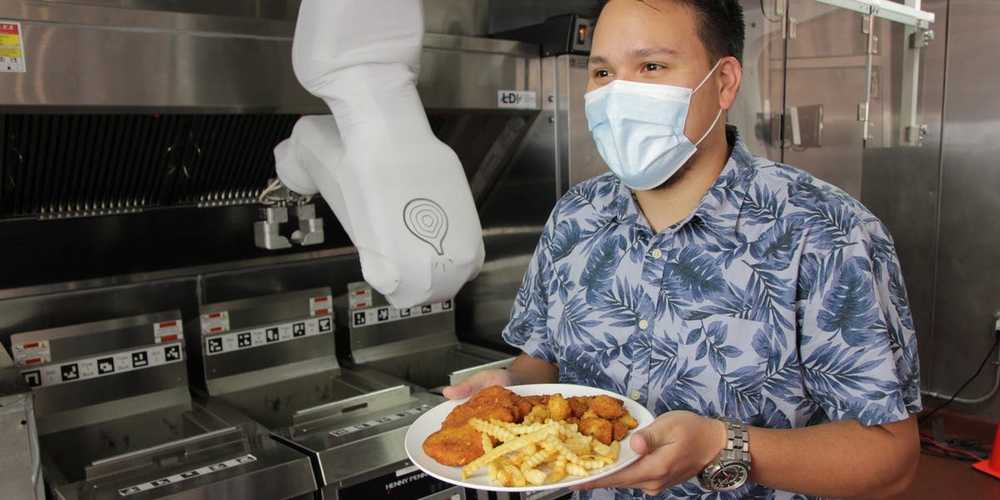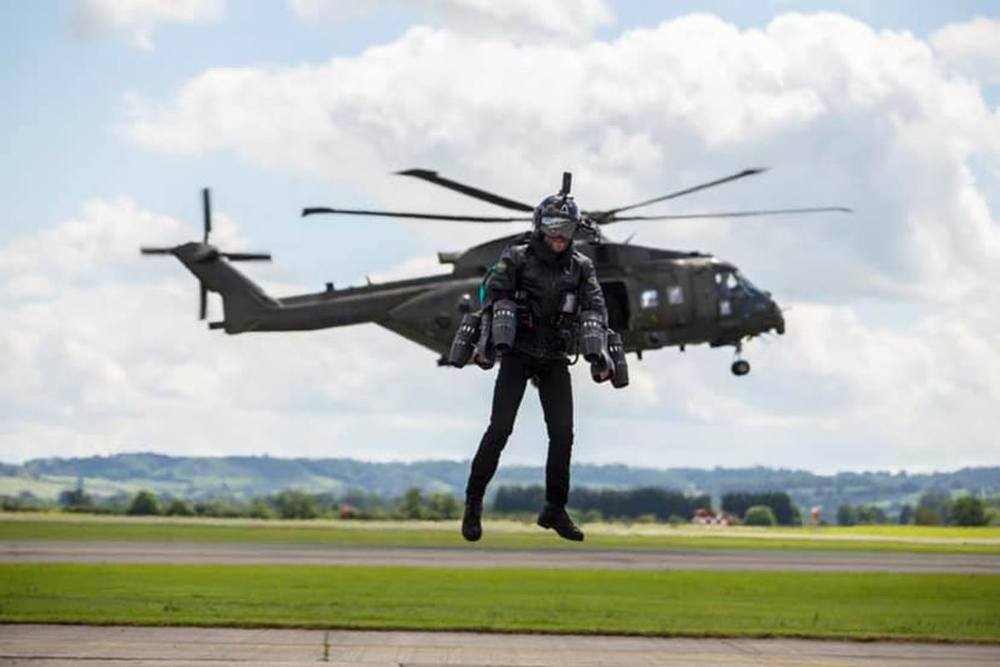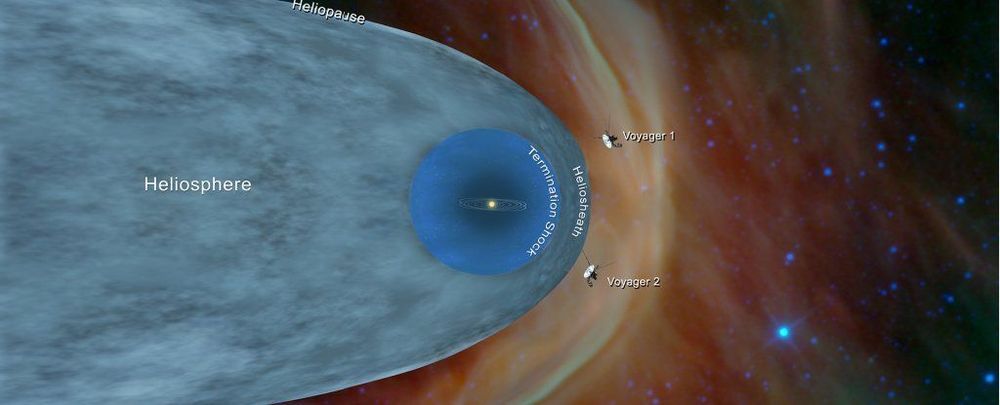Sun Tzu said all warfare is based on deception. Today, that means electronic deception.






In November 2018, after an epic, 41-year voyage, Voyager 2 finally crossed the boundary that marked the limit of the Sun’s influence and entered interstellar space. But the little probe’s mission isn’t done yet — it’s now sending home information about the space beyond the Solar System.
And it’s revealing something surprising. As Voyager 2 moves farther and farther from the Sun, the density of space is increasing.
It’s not the first time this density increase has been detected. Voyager 1, which entered interstellar space in 2012, detected a similar density gradient at a separate location.



Scientists in China have created a nanogenerator that can generate wind energy created by a person on a brisk walk.
Article. The research/article indicates that childhood trauma can not only impact the current generation, but future generations. Biochemical signals are sent to the germ cells, modifying the expression of some genes and/or the DNA structure.
Traumatic experiences can have a lasting impact, so children that suffer through them can feel their effects for a lifetime. Work has also shown that trauma can change the way genes are expressed, through epigenetics. Epigenetic changes do not alter the sequence of genes but they alter the biochemistry of DNA, and these changes are sometimes passed down to future generations through germ cells. Scientists have been working to learn more about how traumatic events get embedded in the genetic code of germ cells.

New research reported in The EMBO Journal has used a mouse model to suggest that childhood trauma can influence the composition of blood, and this is the conduit for passing the impact down to offspring.